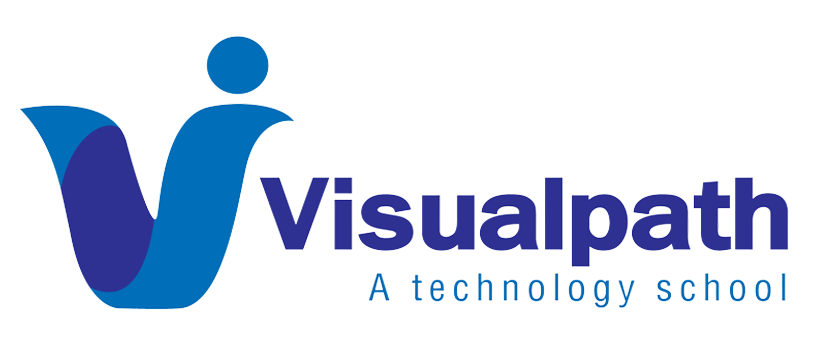OpenShift for DevOps: Tools, Tips & Tricks
Red Hat OpenShift is one of the most powerful platforms in the container orchestration landscape, offering a robust foundation for modern DevOps practices. With its enterprise-grade features, developers and operations teams can collaborate more effectively, automate deployments, and scale applications with confidence. Whether you’re working in a small startup or a large enterprise, getting started with OpenShift can significantly boost your DevOps strategy. Many professionals enhance their skills by enrolling in OpenShift Training, which provides hands-on experience with real-time use cases.
Why DevOps Teams Choose OpenShift
OpenShift stands out by providing a streamlined developer experience, strong security defaults, and native integration with CI/CD pipelines. Its foundation on Kubernetes ensures scalability, but it also abstracts complexity with tools like Source-to-Image (S2I), OpenShift Pipelines, and built-in monitoring and logging.
The platform offers seamless integration with Git repositories, allowing automatic builds and deployments triggered by commits. OpenShift’s Operator Framework also simplifies app lifecycle management, reducing the manual overhead typically faced by DevOps teams.
To master these tools efficiently, many professionals opt for learning through an OpenShift Online Training Institute, where structured modules cover everything from basic container concepts to complex automation workflows.
Core Tools Every OpenShift DevOps Engineer Should Know
Here are essential tools within OpenShift that enhance productivity and enable smoother workflows:
- OpenShift CLI (oc): A powerful command-line interface for interacting with the OpenShift cluster. It simplifies tasks like creating resources, checking logs, and managing deployments.
- OpenShift Pipelines (Tekton): Allows you to build Kubernetes-style CI/CD workflows directly within the OpenShift environment. These pipelines can be customized to include tests, security scans, and approval steps.
- Service Mesh: OpenShift Service Mesh, built on Istio, offers advanced traffic routing, observability, and secure service-to-service communication—crucial for managing microservices.
- OpenShift GitOps (Argo CD): Enables declarative GitOps workflows where cluster states are managed via Git repositories.
A growing number of developers and DevOps engineers in India are advancing their careers through practical, hands-on learning at specialized centers like OpenShift Training In Ameerpet, which provide real-world lab environments and expert mentorship.
Tips & Tricks for Getting the Most Out of OpenShift
The following advice and best practices will help you fully utilise OpenShift’s potential:
- Use Templates for Consistency
Define and reuse templates for your applications to ensure consistency across environments and speed up deployments. - Leverage Role-Based Access Control (RBAC)
OpenShift supports fine-grained RBAC policies. Assign specific permissions to users and service accounts to maintain secure and organized operations. - Automate with Webhooks
Set up GitHub or GitLab webhooks to automate image builds and deployments, improving your team’s agility and reducing manual steps. - Enable Auto-Scaling
Configure horizontal pod autoscalers to ensure your application scales based on demand, improving performance and reducing costs. - Monitor and Audit Continuously
Use OpenShift’s built-in Prometheus and Grafana dashboards to monitor metrics. Enable auditing to track who did what and when—a must-have for secure, compliant DevOps.
Conclusion
OpenShift is more than just a container platform—it’s a complete solution tailored for DevOps success. With a rich ecosystem of tools and integrations, it enables automation, scalability, and collaboration at every stage of the application lifecycle. By adopting OpenShift and following best practices, DevOps teams can drive faster releases, greater reliability, and more secure software delivery. Whether you’re just beginning or already deep into your DevOps journey, mastering OpenShift can be a transformative step in your career.
TRANDING COURSES: AWS Data Engineering, Salesforce Devops, Cypress.




